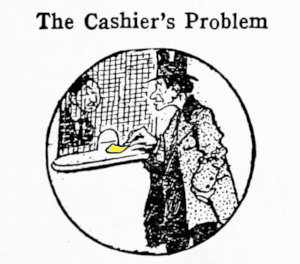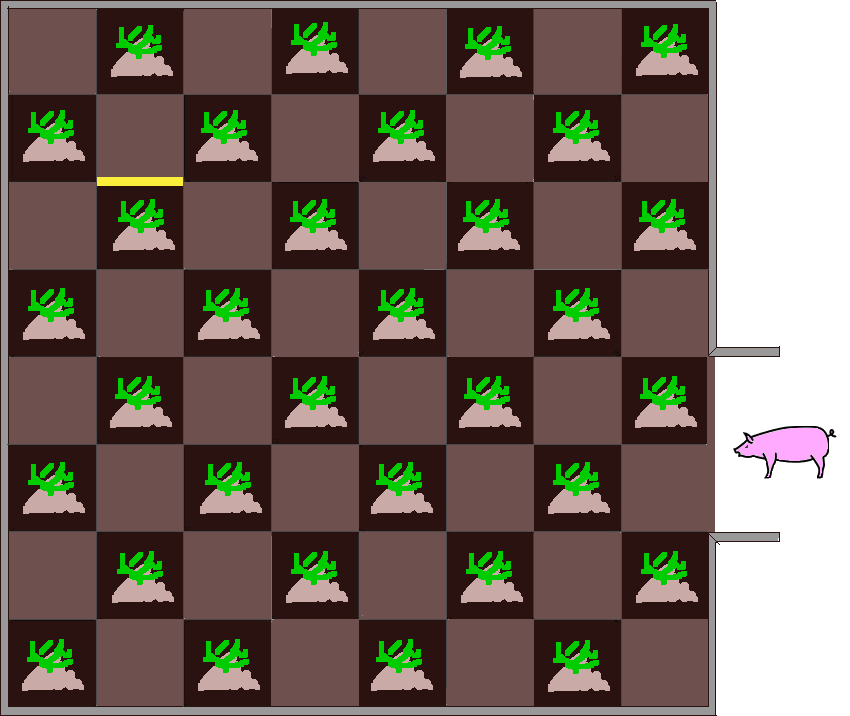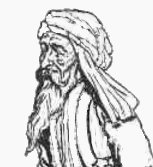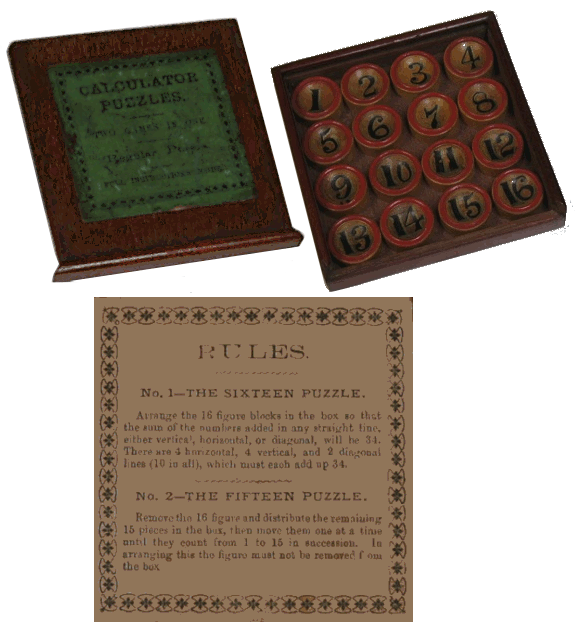Sam’s Puzzles
Sam Loyd’s Cyclopedia of 5000 Puzzles was published in 1914 in New York. Loyd (1841-1911) was an American chess player who, at his peak, was ranked 15th in the world. He published his first puzzle column in The Brooklyn Daily Eagle in 1896. In 1898 the US edition of the Strand magazine dubbed him ‘ the prince of puzzlers’. However he was also a hustler and self-promoter. Most notoriously he claimed in 1891 to have invented the 15 puzzle (sliding number tiles) ‘in the seventies’. This book of puzzles was published after his death by his son, Sam Loyd Jnr.

Cyclopedia of Puzzles, page 244
“Here is an odd little puzzle which ocurred the other day at an archery
meeting when a young lady carried off the prize. The competition rules said an individual had to score exactly 100 points
to win, no more or less. Can you tell me how many arrows each competitor was allowed and where the winner’s arrows
landed on the target?” Needless to say one of her arrows landed in the bullseye!

Cyclopedia of Puzzles, page 12
“The bank cashier could tell some interesting experiences which occur
to enliven the routine of ordinary business, and some pretty problems of a very puzzling nature. What would you do,
for instance, when an old gent, who, like the majority of mortals, is averse to figuring, pushes in a check for 200$
ans says: “Give me some one dollar bills, ten times as many twos, and the balance in fives!”
I say, what would you do?

Cyclopedia of Puzzles, page 64
“The Wanderings of Paddy’s Pig”. “Paddy’s pig
found a field gate open and wandered into the potato field where he rooted up all 64 soil mounds and feasted on the potatoes.
The puzzle for you is to find out the fewest number of turns that the pig had to make in his wandering to get all the
‘murphies’. The yellow bar is a sign erected in the field which the pig had to go round.”

Cyclopedia of Puzzles, page 57
“An Arab sheik, finding himself about to die, called his sons about him and said:
“Divide my camels among you in the proportion of one half of the herd to the eldest son, the second son one-third and
to the yongest son one-ninth. Therupon the eldest son cried: “Oh my father, one half, one third and one ninth do not
constitute a whole. To whom therefore shall the remainder of the herd be given?” “To any poor man who may be
standing by when the division is made,” replied the sheik, who thereupon died. When the herd was collected as expected
it could not be divided correctly. While the brothers were disputing a poor but crafty Bedouin, standing by with his camel,
exclaimed, “Behold I will sell you my beast for ten pieces of silver so that you may make then divide the herd.”
Seeing that the addition of one camel would solve the difficulty, the brothers jumped at the offer and preoceeded to divide
the herd. There was one camel remaining. “I am the poor man standing by,” said the crafty Bedouin, and gaily
mounting the camel, he rode away with the ten pieces of silver in his turban. Now how many camel’s were there in the
sheik’s herd?
”
Each competitior shot six arrows. The young lady shot one arrow in the bullseye scoring 23 points, three arrows in the red ring, each scoring 17, and 2 arrows in the white ring, each scoring 13. A total of 100 points.
The bank cashier paid out 5 one-dollar bills, 50 two-dollar bills and 19 five-dollar bills.
The pig could cover the field with just 14 turns.

There were seventeen camels in the sheik’s herd.
At August 2023 the Cyclopedia is online at https://archive.org/details/CyclopediaOfPuzzlesLoyd
 In late-January 1880, Dr. Charles Pevey, a dentist in Worcester, Massachusetts, garnered some attention by offering a
cash reward for a solution to the Fifteen Puzzle. Pevey’s arrangement of numbers was unsolvable and, like Sam
Loyd’s later version, it was offered with 1000$ reward.
In late-January 1880, Dr. Charles Pevey, a dentist in Worcester, Massachusetts, garnered some attention by offering a
cash reward for a solution to the Fifteen Puzzle. Pevey’s arrangement of numbers was unsolvable and, like Sam
Loyd’s later version, it was offered with 1000$ reward.